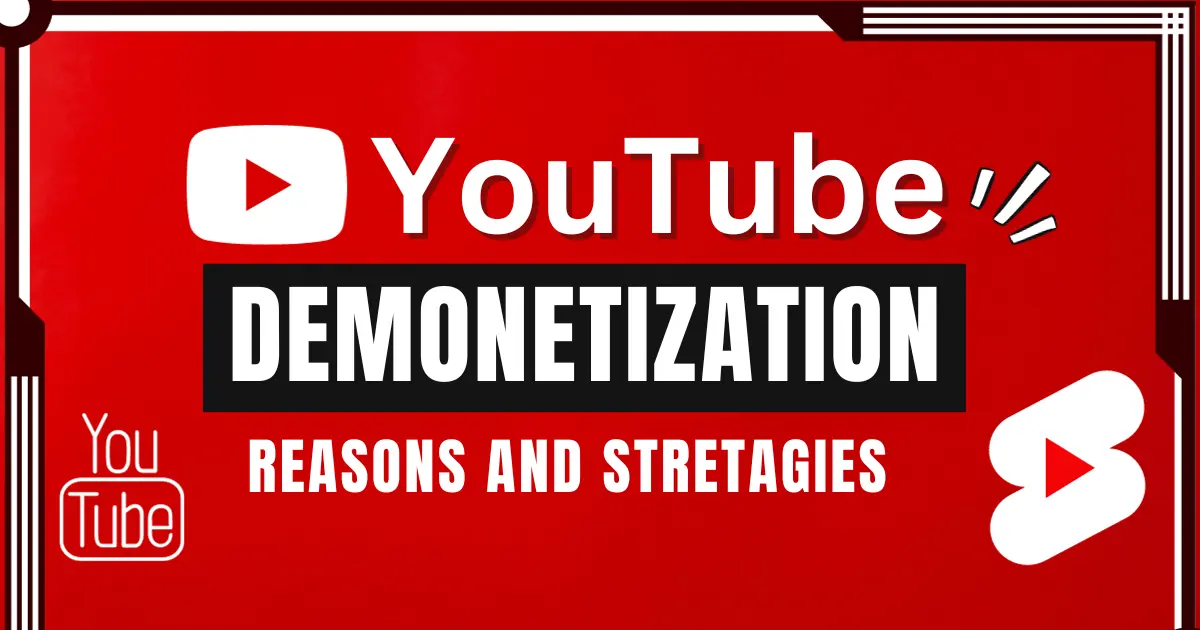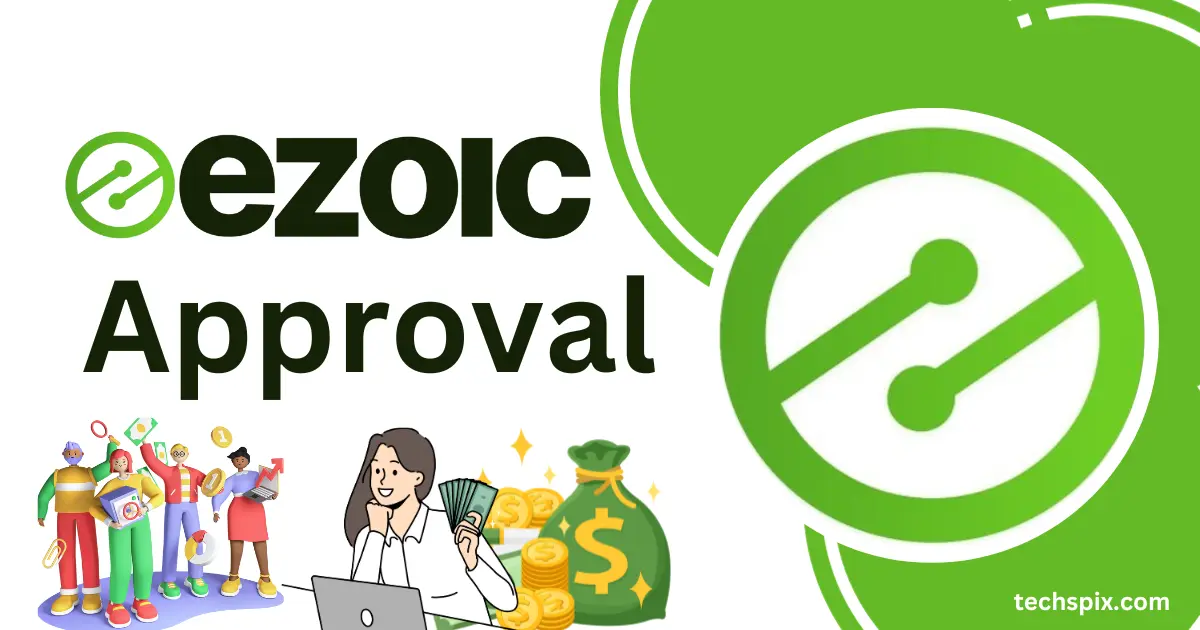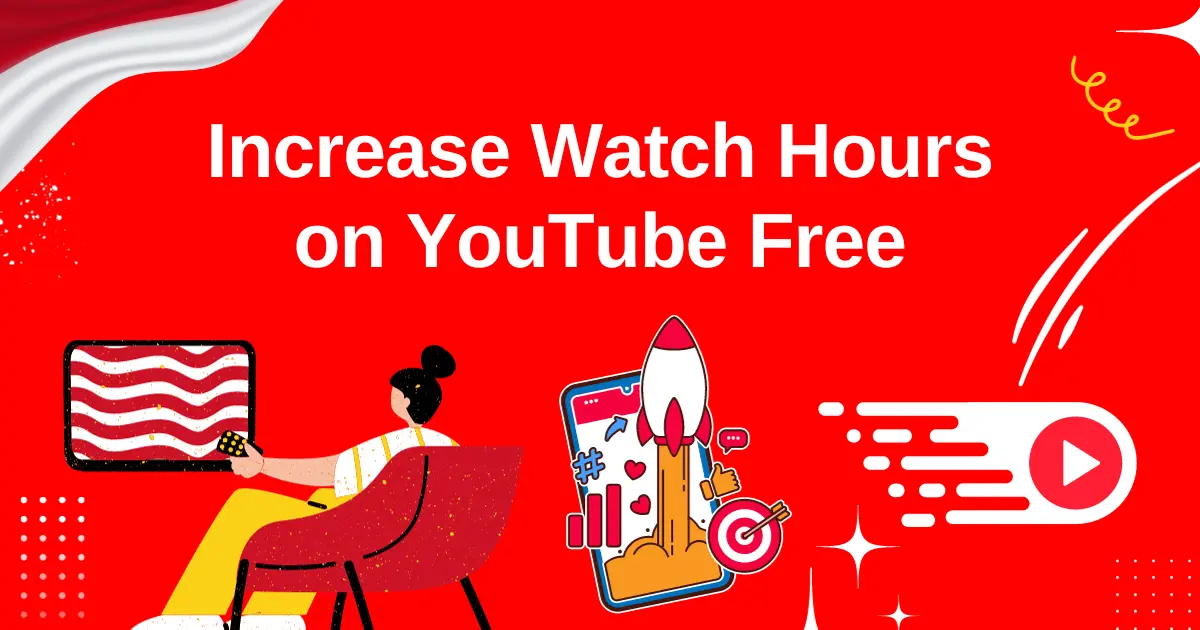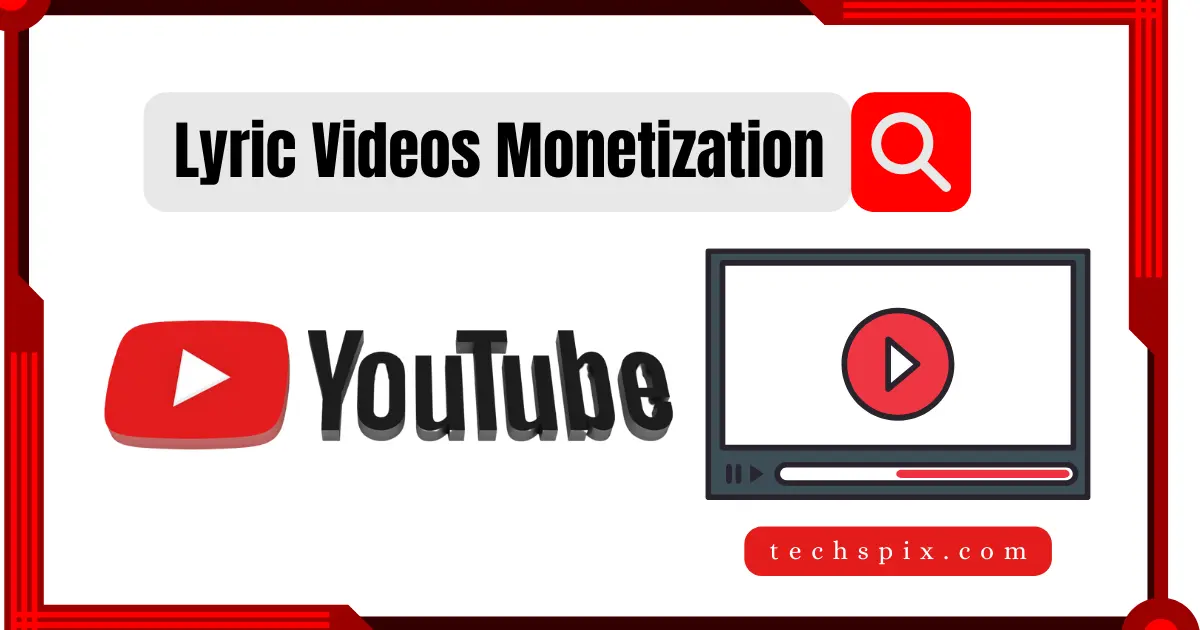How Demonetization on YouTube Affects Content Creators: 10 Best Strategies to Adapt
In today’s digital age, YouTube has become a powerful platform for content creators to showcase their talent and connect with millions of viewers worldwide. However, the landscape for content creators has drastically changed since the demonetization policies were implemented on the platform. With stricter guidelines and regulations, content creators are finding it increasingly difficult to generate income from their videos.
In this article, we will explore how demonetization on YouTube affects content creators and provide strategies to adapt to these changes. We will delve into the reasons behind demonetization, the impact it has on content creators, and the steps they can take to mitigate its effects.

From tweaking their content to exploring alternative revenue streams, content creators need to be strategic to maintain and grow their presence on the platform. This article aims to equip them with the knowledge and tools to navigate the challenges of demonetization and continue to thrive in the YouTube ecosystem. Whether you’re a seasoned content creator or just starting, this article will provide valuable insights to help you adapt to the ever-evolving landscape of YouTube.
What is demonetization on YouTube?
Demonetization is a policy implemented by YouTube that limits or removes advertising revenue generated by videos that don’t meet its guidelines or that are deemed not advertiser-friendly. The platform’s algorithm identifies videos that contain inappropriate or controversial content, such as violence, hate speech, and sexually suggestive material. If a video is flagged, it is reviewed by a team of human moderators who determine whether it violates YouTube’s community guidelines. If the video is found to be in violation, ads may be limited or removed altogether, resulting in a loss of revenue for the content creator.
Impact of demonetization on content creators
The impact of demonetization on content creators can be significant, especially for those who rely heavily on ad revenue to support their channels. In some cases, creators have reported losing up to 90% of their income due to demonetization. The policy has also made it difficult for new creators to monetize their channels, as they must meet strict eligibility requirements to qualify for the YouTube Partner Program.
Demonetization can also affect a creator’s ability to grow their channel. Without the financial support of ad revenue, creators may have less incentive to produce high-quality content or invest in their channels. This can lead to a decline in views and subscribers, making it more difficult to attract new viewers and collaborators.
Strategies to adapt to demonetization
Although demonetization can be a significant challenge for content creators, there are strategies they can adopt to mitigate its effects. These strategies include diversifying revenue streams, building a loyal audience, creating high-quality and engaging content, collaborating with brands and sponsors, utilizing other platforms and monetization options, and tracking and analyzing performance metrics.
Diversifying revenue streams
One of the most effective strategies for content creators to adapt to demonetization is to diversify their revenue streams. This can include exploring alternative monetization options, such as merchandise sales, crowdfunding, and sponsored content. Creators can also consider partnering with other content creators or businesses to create joint projects or promotions that can generate additional revenue.
Building a loyal audience
Another key strategy for content creators is to build a loyal audience. This can be achieved by engaging with viewers through comments, social media, and live streams. By creating a community around their channel, creators can encourage viewers to support their content through donations, merchandise sales, and other means. Building a loyal audience also helps creators attract and retain sponsors, who are more likely to partner with channels that have an engaged and active following.
Creating high-quality and engaging content
Creating high-quality and engaging content is essential for content creators to maintain their success on YouTube. This can include investing in better equipment, improving editing skills, and staying up-to-date with trends and best practices. Creators should also focus on creating content that resonates with their audience and provides value, whether it’s through entertainment, education, or inspiration. By creating content that viewers enjoy and share, creators can increase their views, subscribers, and potential revenue.
Collaborating with brands and sponsors
Collaborating with brands and sponsors is another effective way for content creators to generate income and grow their channels. This can include sponsored videos, product placements, and affiliate marketing. However, creators should be careful to only partner with brands that align with their values and interests and to disclose any sponsored content to their viewers. By collaborating with brands and sponsors, creators can reach new audiences and generate additional revenue streams.
Utilizing other platforms and monetization options
In addition to YouTube, content creators can also explore other platforms and monetization options to diversify their income streams. This can include platforms such as Twitch, Patreon, and Instagram, as well as monetization options such as merchandise sales, crowdfunding, and paid subscriptions. By expanding their reach beyond YouTube, creators can mitigate the effects of demonetization and generate income from multiple sources.
Tracking and analyzing performance metrics
Finally, content creators should track and analyze their performance metrics to identify areas for improvement and measure the success of their strategies. This can include metrics such as views, engagement, revenue, and audience demographics. By monitoring these metrics, creators can identify trends, adjust their content and strategies accordingly, and make informed decisions about their channels.
Diversifying revenue streams
In conclusion, demonetization on YouTube can be a significant challenge for content creators, but it’s not insurmountable. By adopting strategies such as diversifying revenue streams, building a loyal audience, creating high-quality and engaging content, collaborating with brands and sponsors, utilizing other platforms and monetization options, and tracking and analyzing performance metrics, creators can adapt to the ever-changing landscape of YouTube and continue to thrive on the platform. Whether you’re a seasoned content creator or just starting, these strategies can help you navigate the challenges of demonetization and achieve success on YouTube.
Creating high-quality and engaging content
Content creators heavily rely on ad revenue as a primary source of income on YouTube. However, with demonetization policies becoming more stringent, creators must diversify their revenue streams. One effective strategy is to explore alternative monetization options such as memberships and merchandise sales. By offering exclusive perks and merchandise to their loyal audience, creators can generate a steady stream of income.
Another avenue for revenue diversification is engaging in sponsored content or brand collaborations. Many brands are eager to partner with content creators who have a dedicated audience. By carefully selecting brands that align with their content and values, creators can monetize their videos while providing valuable content to their viewers.
Lastly, content creators can consider crowdfunding platforms like Patreon or Ko-fi, where fans can directly support their favorite creators by making regular contributions. This not only provides creators with a reliable income stream but also strengthens the bond with their audience.
Collaborating with brands and sponsors
A loyal and engaged audience is essential for content creators to thrive on YouTube. Demonetization policies may affect the visibility of videos, making it crucial for creators to build a strong community of supporters. One way to achieve this is by consistently delivering high-quality and engaging content that resonates with the target audience.
Creators should focus on understanding their viewers’ preferences and interests and tailor their content accordingly. By conducting thorough audience research, creators can identify topics and formats that will captivate their audience and keep them coming back for more.
Another effective strategy for building a loyal audience is to actively engage with viewers through comments and social media. Responding to comments, asking for feedback, and incorporating viewer suggestions into future content not only shows appreciation but also strengthens the connection between creators and their audience.
Utilizing other platforms and monetization options
With demonetization policies in place, YouTube is prioritizing content that meets certain quality and engagement criteria. To adapt to these changes, content creators must focus on creating high-quality videos that captivate viewers and keep them engaged.
One important aspect of creating high-quality content is investing in good equipment. While it may not be feasible for every creator to purchase top-of-the-line gear, having decent audio and video quality is essential. Content creators can start by investing in a good microphone and improving lighting conditions for better video quality.
In addition to technical aspects, creators should also pay attention to storytelling and presentation. Compelling storytelling, clear and concise messaging, and engaging visuals are all crucial elements that contribute to high-quality content.
Tracking and analyzing performance metrics
Collaborating with brands and sponsors is an effective way for content creators to generate income and expand their reach. By partnering with brands that align with their content and values, creators can create sponsored content that feels authentic and valuable to their audience.
When approaching brand collaborations, creators should prioritize maintaining their authenticity and credibility. It is important to carefully select brands that resonate with their audience and genuinely believe in the products or services being promoted. By maintaining transparency and being upfront about sponsored content, creators can maintain the trust of their audience.
While YouTube is the primary platform for many content creators, it is essential to explore other platforms and monetization options to mitigate the effects of demonetization. Creators can leverage social media platforms like Instagram, TikTok, or Twitter to expand their reach and engage with a wider audience. Cross-promoting content on these platforms can drive traffic to their YouTube channel and help grow their subscriber base.
Additionally, creators can explore other monetization options such as affiliate marketing, where they earn a commission for promoting products or services. By recommending products they genuinely believe in and providing valuable information, creators can generate income while maintaining the trust of their audience.





